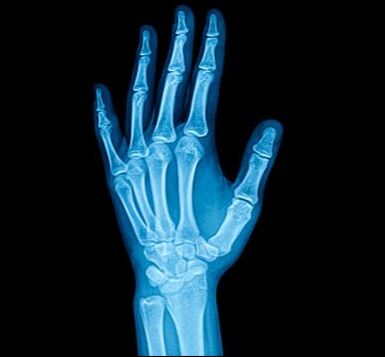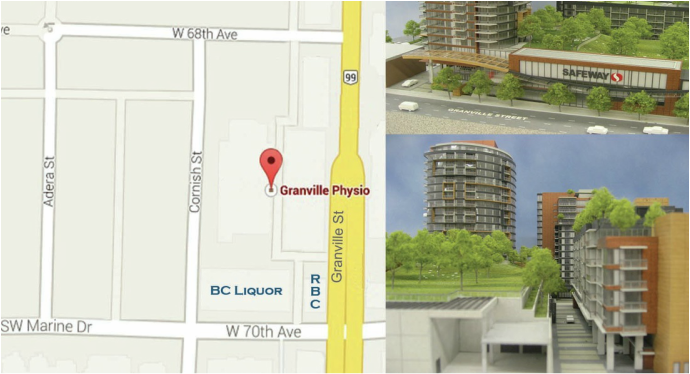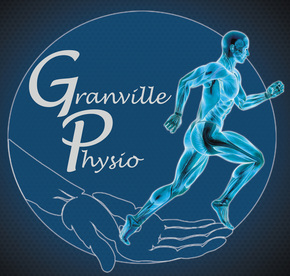wrist fractures (jenna)A fracture can occur in any of the bones at the wrist, including the two forearm bones (radius and ulna) and the eight carpal bones. The most common wrist fracture occurs due to a break in the radius bone.
Wrist fractures can occur due to various forms of trauma, but most commonly results from landing on an open hand/wrist after a fall. They can also occur due to impact during sports, motor vehicle accidents, or other forms of trauma. Osteoporosis is a disease involving the loss of bone mass, which results in the bones becoming more weak and more prone to breaking upon impact. As such, individuals with osteoporosis are at a greater risk for wrist fractures (or other bone fractures). |
symptoms
|
causes
|
treatment
|
how does physiotherapy help?
Physiotherapy may be necessary following a wrist fracture to improve wrist stiffness and assist in mobility gains. Physiotherapy, or other rehabilitative therapies, are often prescribed after a period of immobilization and/or surgery. This is because a baseline level of bone tissue repair and healing is needed before it is safe for wrist and hand motion. After this period of initial healing, physiotherapy can be beneficial in aiding further healing and promoting improvements in strength and mobility.
A customized exercise and stretching program can be prescribed to help strengthen the muscles within and around the wrist, to improve stability. Additionally, electrical stimulation (IMS; intramuscular stimulation), ultrasound, and/or heat/ice can help decrease swelling and improve pain. For more information on these modalities and how they work, click here.
A customized exercise and stretching program can be prescribed to help strengthen the muscles within and around the wrist, to improve stability. Additionally, electrical stimulation (IMS; intramuscular stimulation), ultrasound, and/or heat/ice can help decrease swelling and improve pain. For more information on these modalities and how they work, click here.


